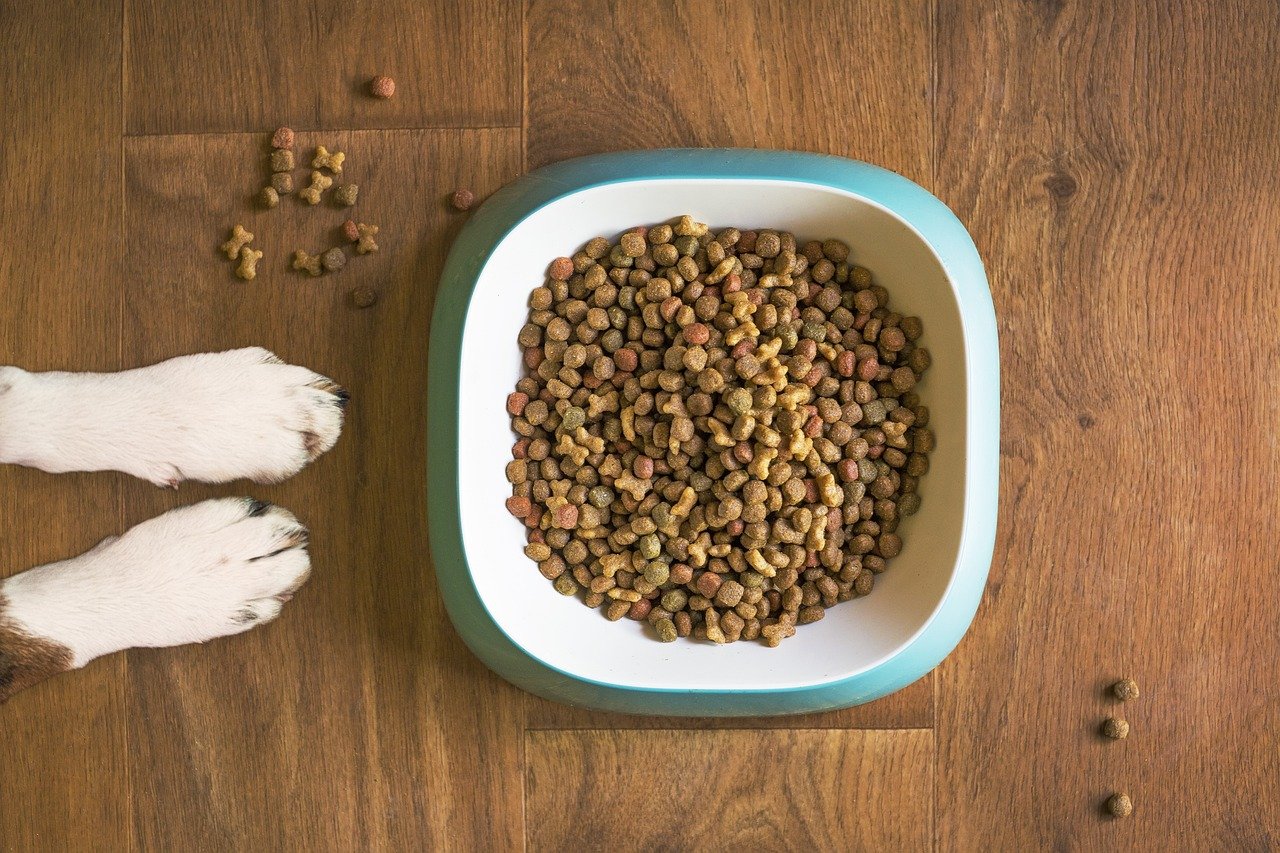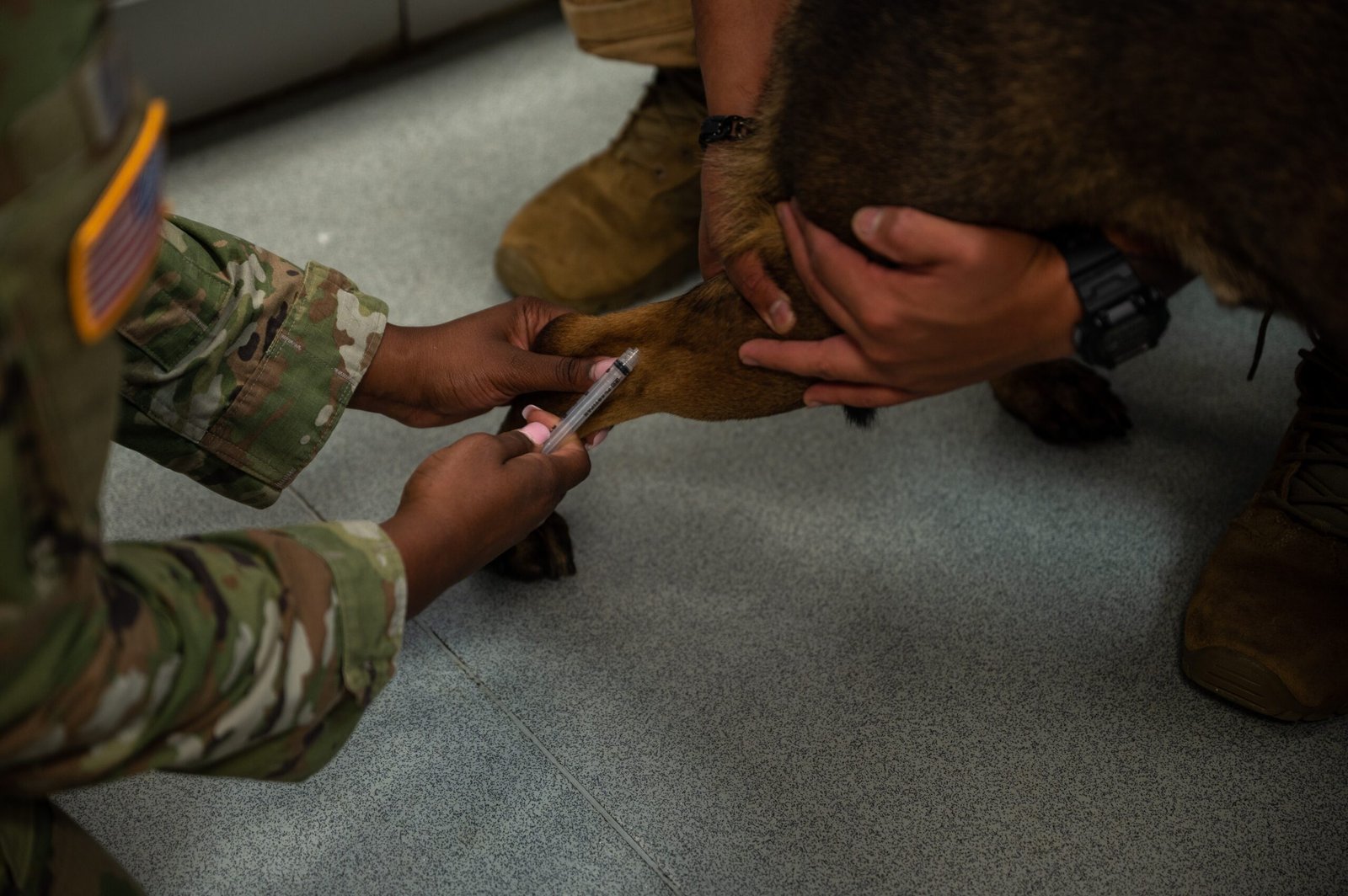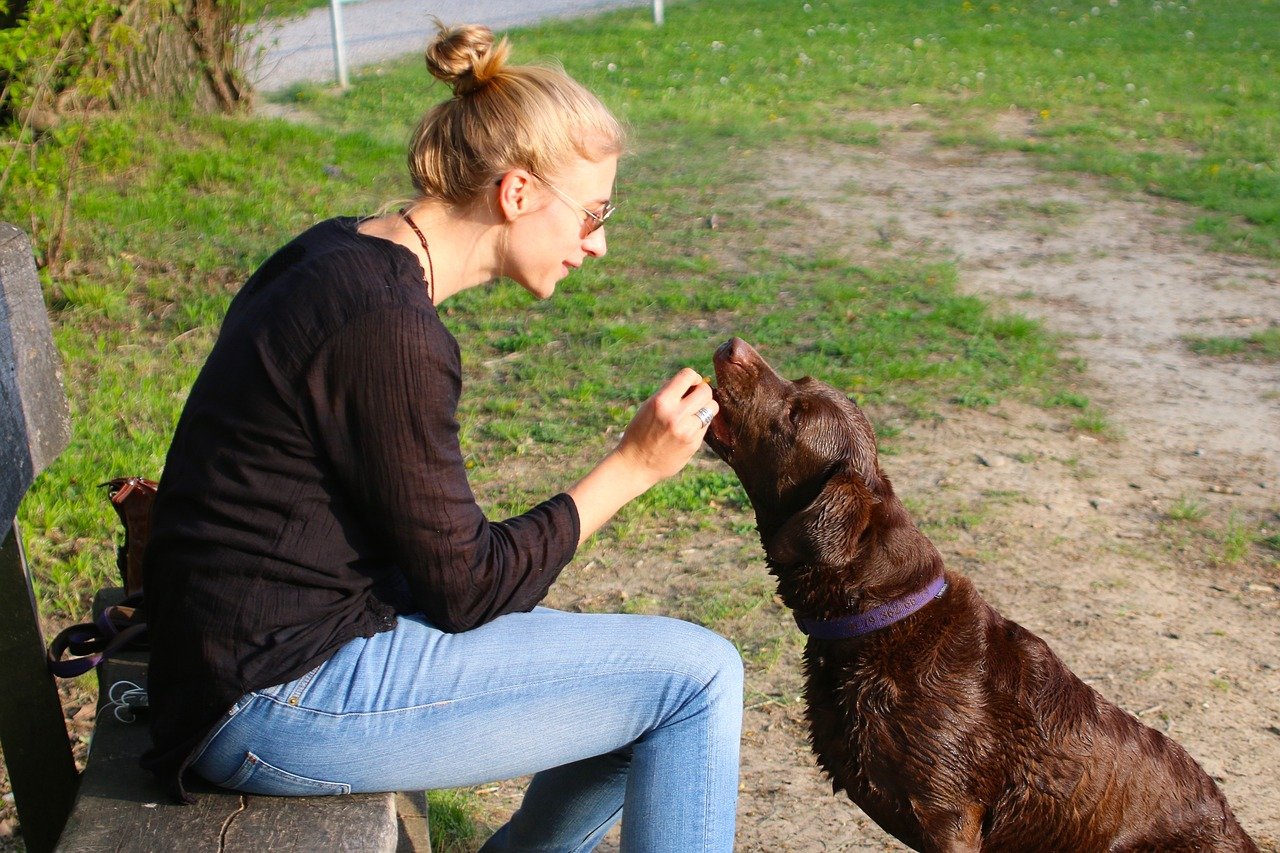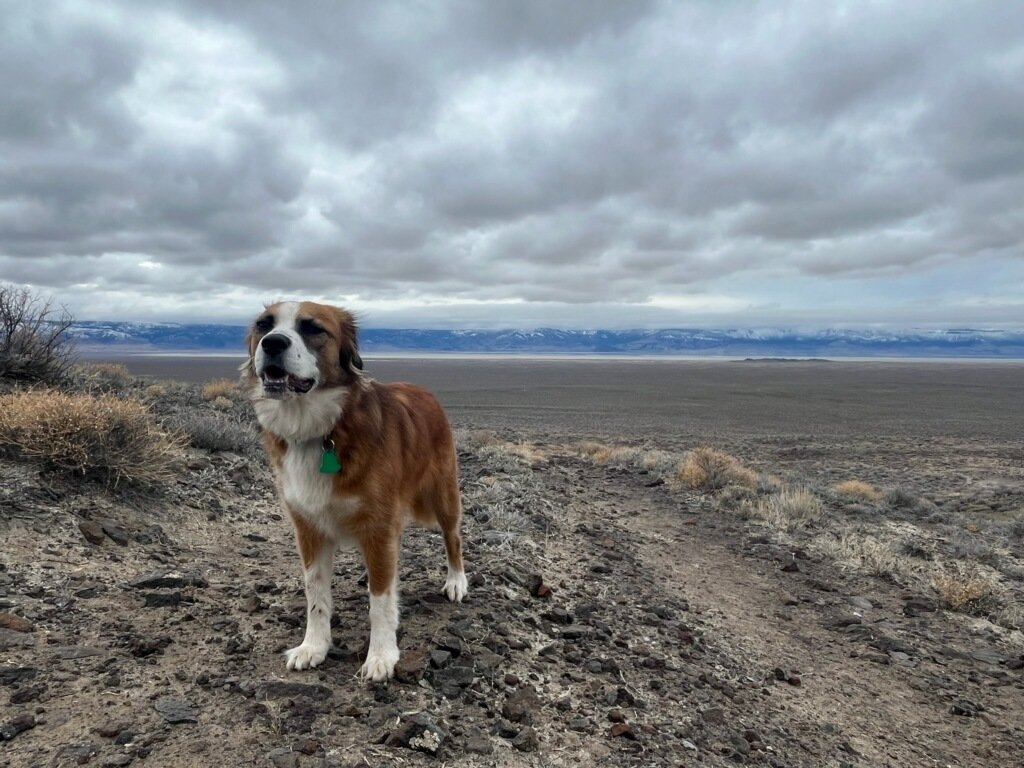Do you ever look into your dog’s eyes and wish you could freeze time? The bond between humans and dogs is one of the most extraordinary connections on earth. Every tail wag, happy bark, and nuzzle is a reminder of the joy they bring. Imagine if you could unlock the secrets to giving your four-legged friend more happy, healthy years by your side. The good news? Experts agree there are practical, tried-and-true steps you can take to help your pup live the longest, healthiest life possible. Get ready to discover 20 powerful, science-backed tips that can transform your dog’s future—one loving day at a time.
Feed a Balanced, High-Quality Diet

A dog’s health starts in the food bowl. Experts consistently stress the importance of providing your dog with a balanced, high-quality diet suited to their age, size, and breed. Avoid foods loaded with fillers and artificial additives. Instead, choose options with real meat, wholesome grains, and vegetables. A nutritious diet fuels your dog’s energy, supports their immune system, and ensures their organs work efficiently. Feeding the right portions is equally vital; overfeeding can lead to obesity and health complications. If you’re unsure which food is best, don’t hesitate to consult your veterinarian for personalized recommendations.
Keep Your Dog at a Healthy Weight
Obesity is one of the most common and preventable health risks in dogs. Carrying extra weight can shorten a dog’s lifespan and increase their risk for diabetes, arthritis, heart disease, and even certain cancers. Experts advise monitoring your dog’s body condition regularly—ribs should be easily felt but not seen, and your dog should have a visible waist. Resist the urge to give too many treats or table scraps. If your dog is overweight, work with your vet to create a safe, gradual weight loss plan. A lean dog is a healthy, happy dog.
Schedule Regular Veterinary Checkups

Routine vet visits are not just for when your dog is sick. Annual or semi-annual checkups allow your veterinarian to detect problems early, sometimes before symptoms appear. Preventive care can include bloodwork, dental checks, and screenings for parasites or diseases. Regular exams ensure vaccinations are up to date and that any health concerns are addressed promptly. Think of your vet as your partner in keeping your dog happy and thriving for as long as possible.
Prioritize Dental Health

Dental disease is a silent enemy that can sneak up on even the most loving pet owners. Plaque and tartar buildup can lead to gum disease, tooth loss, pain, and even infections that travel to the heart or kidneys. Experts recommend brushing your dog’s teeth daily with canine-safe toothpaste. Dental treats, toys, and annual professional cleanings can also help keep your dog’s mouth healthy. Don’t ignore bad breath or drooling—these may be signs of dental trouble that need attention.
Keep Your Dog Active Every Day
Regular exercise is a cornerstone of longevity for dogs. Physical activity keeps muscles strong, joints flexible, and minds sharp. It also helps prevent obesity and provides vital mental stimulation. Tailor your dog’s activity to their breed and age—a young Border Collie may need long runs or games of fetch, while a senior Shih Tzu might benefit from gentle walks. Consistency is key; even older dogs need movement every day to stay limber and happy.
Stimulate Their Mind with Enrichment
A bored dog can become anxious, destructive, or depressed. Mental stimulation is just as important as physical exercise. Interactive toys, puzzle feeders, scent games, and obedience training challenge your dog’s brain and keep them engaged. Try teaching new tricks or letting your dog explore new environments. Mental enrichment has even been shown to slow cognitive decline in aging dogs, giving them sharper minds for longer.
Provide Fresh, Clean Water at All Times
Hydration is essential for every living creature, including your dog. Always ensure your pup has access to clean, fresh water. Dehydration can quickly lead to lethargy, kidney issues, and even life-threatening emergencies. Wash your dog’s water bowl daily to prevent bacteria buildup. In hot weather or after exercise, offer extra water and watch for signs of overheating or dehydration, like excessive panting or dry gums.
Spay or Neuter Your Dog
Spaying or neutering is more than just birth control—it’s a proven way to extend your dog’s life. This procedure can prevent certain cancers and potentially deadly infections like pyometra in females. It also reduces the risk of roaming, aggression, and other hormonally driven behaviors that can put your dog in harm’s way. Experts generally recommend spaying or neutering unless you plan to breed responsibly.
Keep Up with Vaccinations and Parasite Control

Deadly diseases like parvovirus, rabies, and distemper are preventable with proper vaccinations. Regular deworming and flea/tick prevention protect your dog from parasites that can cause serious illness. Work with your vet to develop a vaccination and parasite control schedule suited to your dog’s lifestyle and risk factors. Staying vigilant with these preventive measures is a simple way to safeguard your dog’s health.
Groom Regularly and Check for Changes
Grooming is about more than just looking good—it’s an opportunity to check for lumps, bumps, skin irritations, or other changes that might signal health issues. Regular brushing keeps your dog’s coat healthy and reduces shedding. Bathing, nail trimming, and ear cleaning help prevent infections and discomfort. Make grooming a bonding experience your dog enjoys, reinforcing your connection while keeping them healthy.
Maintain a Safe, Comfortable Home Environment
Your dog’s living space should be a haven of safety and comfort. Remove hazards like toxic plants, electrical cords, or accessible medications. Provide a cozy bed, fresh air, and a temperature-controlled environment. Dogs are sensitive to stress, so minimize loud noises and chaotic environments. A peaceful home encourages relaxation and wellbeing, contributing to your dog’s emotional and physical health.
Socialize Gently and Consistently
Proper socialization builds confidence and helps your dog navigate the world safely. Expose your dog to new people, animals, and environments in a positive, gradual way. Well-socialized dogs are less likely to develop fear-based aggression or anxiety. Socialization isn’t just for puppies—adult and senior dogs can also benefit from new experiences. Remember, every dog is different; go at their pace and celebrate small victories.
Watch for Early Signs of Illness
Dogs are masters at hiding pain or discomfort. Watch closely for subtle changes—loss of appetite, increased thirst, lethargy, coughing, limping, or personality shifts. Trust your instincts; if something seems off, don’t wait to consult your vet. Early intervention can mean the difference between a quick recovery and a serious complication. Being attentive is one of the most loving things you can do for your dog.
Manage Stress and Anxiety
Dogs feel stress just like humans do. Loud noises, changes in routine, or being left alone can trigger anxiety. Chronic stress can weaken the immune system and shorten a dog’s life. Create a predictable routine, offer a safe space like a crate or bed, and use calming aids if needed. If your dog suffers from separation anxiety or phobias, talk to your vet about solutions. A calm dog is a healthier, happier dog.
Offer Age-Appropriate Care
As dogs grow older, their needs change. Senior dogs may require softer bedding, joint supplements, or more frequent vet visits. Their diet and exercise routines may need adjustment. Regularly check for arthritis, dental disease, and vision or hearing loss. Adapting your care to your dog’s life stage ensures they stay comfortable and active for as long as possible.
Limit Table Scraps and Unsafe Foods

Sharing your meal with your dog may seem harmless, but many human foods are dangerous for canine health. Chocolate, grapes, onions, and xylitol (found in sugar-free gum) are just a few common toxins. Even fatty or salty leftovers can cause digestive upset or long-term health issues. Stick to dog-safe treats and always check with your vet before introducing something new. Love your dog with healthy choices, not risky snacks.
Keep Their Living Space Clean
A clean environment reduces your dog’s risk of infections, parasites, and allergies. Wash bedding, toys, and bowls regularly. Vacuum hair and dander to keep the air fresh, especially if anyone in the home has allergies. Outdoor dogs should have their living areas checked for waste, pests, and hazards. Cleanliness isn’t just about aesthetics—it’s a foundation for health.
Train Using Positive Reinforcement

Training is about more than obedience—it’s a way to communicate, build trust, and keep your dog safe. Positive reinforcement methods (rewarding good behavior) are proven to be the most effective and humane. Avoid harsh punishments, which can cause fear and stress. Consistent, gentle training helps prevent accidents, aggression, and anxiety. A well-trained dog is a joy to live with and safer in every situation.
Provide Plenty of Love and Attention
Dogs are social creatures who thrive on affection and companionship. Studies show that dogs who feel loved and emotionally secure live longer, healthier lives. Spend quality time together—cuddling, playing, or simply relaxing side by side. Talk to your dog, shower them with praise, and celebrate their unique personality. The love you give is a powerful medicine.
Give Responsible Freedom and Exploration

Dogs love adventure and benefit from exploring new sights and smells. Allow your dog time outdoors, but always in a safe, supervised manner—on a leash, in a fenced yard, or at a secure dog park. Exploration keeps your dog physically active and mentally stimulated. Never let your dog roam unsupervised; the world is full of hidden dangers like traffic, toxins, or aggressive animals.
Helping your dog live a longer, healthier life isn’t about doing everything perfectly—it’s about being consistent, proactive, and full of love. These expert-backed tips are simple steps that can add up to big benefits over time. From better food to more play, each choice brings you closer to giving your pup the long, happy life they deserve. After all, they’re family—and every extra wag, cuddle, and adventure is totally worth it.





